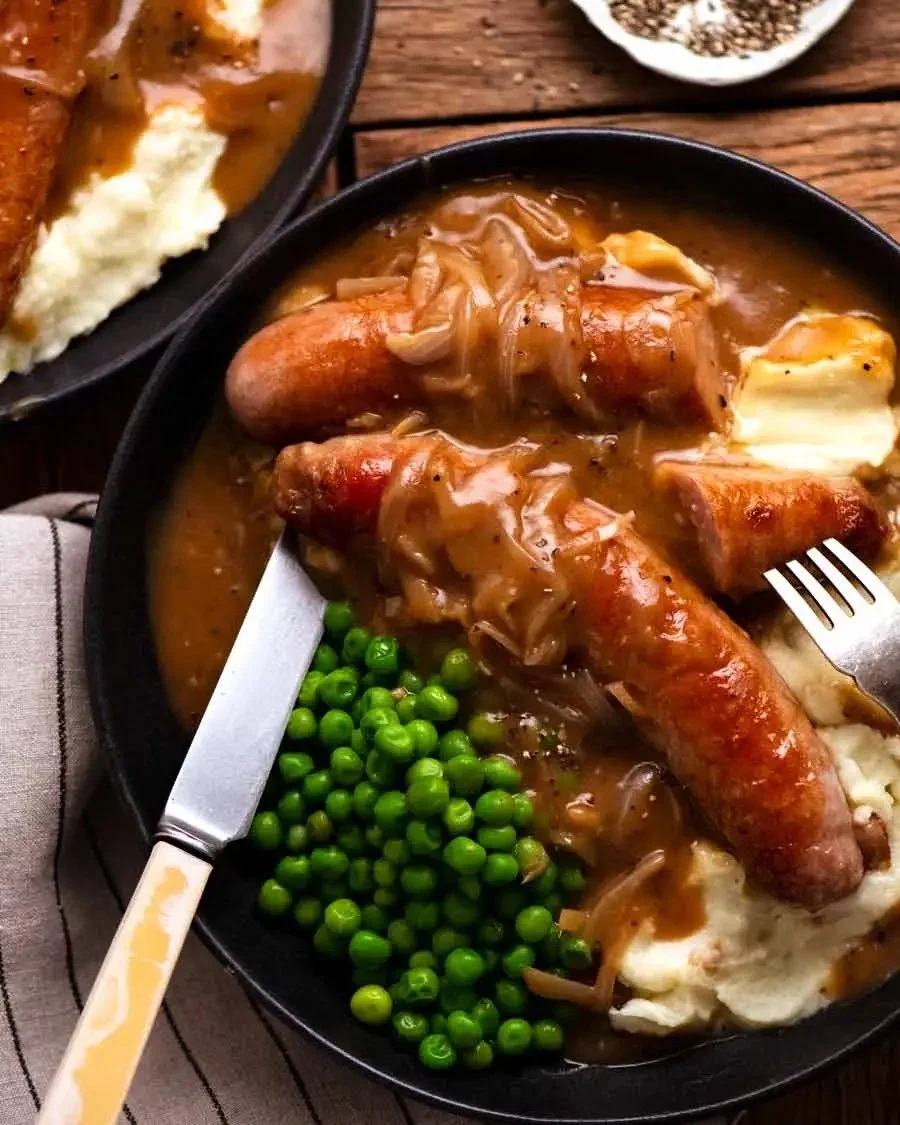Lamb Neck Steaks with Preserved Lemon and Fennel
1/3 cup Extra Virgin Olive Oil
4 x 450g Regenerative Farms lamb neck steaks (or lamb shanks)
2 brown onion roughly chopped
4 sprigs rosemary
8 sprigs thyme
300g Preserved Lemons
1.0L Chicken Stock
2 small fennel bulbs sliced
1/4 cup flat leaf parsley chopped to serve
Place the olive oil into a large non-stick frying pan and place over high heat.
Seal off each side of the lamb neck steaks until lightly caramelised then place into a slow cooker.
In the same pan fry off the onions until they are soft and golden brown, then remove from the heat and add to the slow cooker with the lamb necks.
Add the rosemary, thyme, preserved lemon, stock and fennel bulbs then place the slow cookers onto a high setting, cover with a lid and allow to cook for 6 to 8 hours, or until the meat is falling from the bone. This time will depend on the slow cooker being used.
Remove the necks from the slow cooker and set aside to cool slightly.
Strain the stock into a bowl and place into the fridge to allow the fat to separate and firm up.
Once the necks are cool enough to handle remove the meat from the bone, set aside.
Once the fat has hardened remove with a spoon and discard. Place the remaining stock into a pot and place back over a high heat and reduce by two thirds.
Fold the cooked lamb through the reduced sauce and serve, topped with parsley.
Serve with Cous Cous and fresh herbs and chutney.
ORDER HERE to get your Regeneratively Farmed Lamb Box Delivered
Couscous salad
2 cups Chicken Stock
2 cups cous cous
½ cup Tomato & Sultana Chutney
4 tbspn Extra Virgin Olive Oil
2 tsp sea salt
¾ cup almonds flaked and roasted
½ cup flat leaf parsley
½ cup mint
2 tbspn Extra Virgin Olive Oil additional, to serve
Preheat the oven to 180°C fan forced.
Spread the almonds onto a baking tray and roast for approximately 8 minutes. Allow to cool.
In a saucepan, bring the stock to a boil. Place the cous cous into a large heatproof bowl.
Pour the hot stock over the cous cous and allow it to stand for 5 minutes. After 5 minutes fluff with a fork.
Add the almonds, parsley and mint and mix to combine.
Stir 4 tablespoons of Extra Virgin Olive Oil and salt through the cous cous.
Add the Tomato and Sultana Chutney and mix to combine.
Finish with a final flourish of Extra Virgin Olive Oil and garnish with herbs (optional).
Note: To make the dish gluten free use a corn cous cous, this can be purchased at major supermarkets or health food stores.
Thanks Maggie Beer for this lovely recipe.































